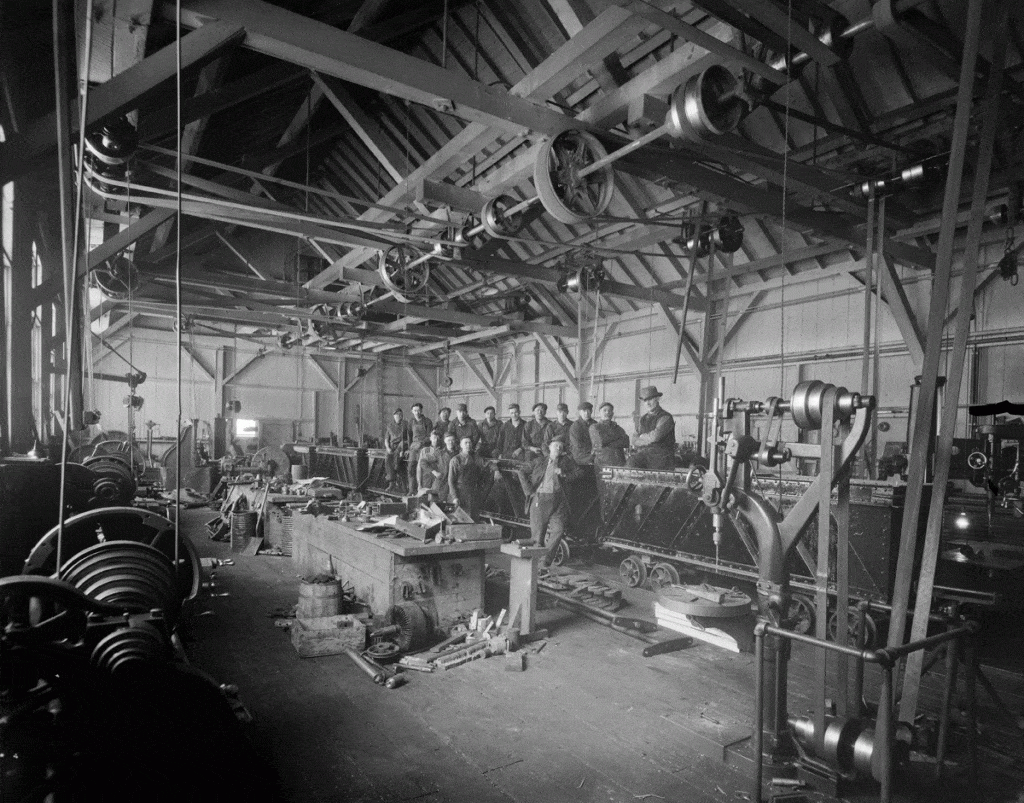Labor unions and activists spent decades organizing workers all over the country to advocate for living wages, shorter working hours, and improved health and safety conditions. The nature of their successes and failures often depended on the context of global, national, and local events.
The United States in 1917 saw an uptick in a multitude of anti-government activities. The rest of the world was deeply entrenched in World War I, already one of the deadliest conflicts in history. While the United States up to that point had considered the war a “European conflict” and opted to stay out of it, it was increasingly obvious that things were about to change. Fearing the local consequences of the war, many political and labor activists heavily protested the US’s involvement.
Most activists did not want the war to distract workers’ rights campaigns from their original goals. They continued to push for shorter working hours and higher wages. The fight for an eight-hour workday, for example, had been raging for years. Some industries, including railroad workers and printing trades, had already instituted eight-hour days prior to 1917. But the vast majority of Americans still worked much longer shifts.
In Park City, all 250 surface men at the Judge Mining and Smelting Company, Silver King Coalition mines, and Silver King Consolidated mines worked nine and a half hour shifts. Echoing the call for “eight hours labor, eight hours recreation, eight hours rest,” first coined by Welsh activist Robert Owen a century earlier, they petitioned management for shorter shifts in May 1917. The surface men – machine operators, carpenters, and any others who did not work as miners underground – insisted that shorter shifts not come at the expense of their wages, however, and that they make the same amount for an eight-hour day as a nine-and-a-half hour day.

Credit: Park City Historical Society and Museum, Pop Jenks Collection
Management denied the workers’ requests. Citing the war, often used as justification on both sides of labor disputes, the companies countered that, “it is both unreasonable and unpatriotic at this time to make any unnecessary demands, for instead of shortening the hours of labor, the country is in need of all the labor we have.” In response, the surface men walked off the job at 5pm on May 31, 1917.
At first, the newspaper reported, work progressed “as usual,” with “the ‘bosses’ in some instances doing the work of the strikers.” After more than a week, however, rumors began to circulate that management would ask the miners themselves to take on the extra work. In response, miners threatened a strike of their own. In order to avoid nearly 1,400 more men walking off, and with the encouragement from the Industrial Commission of Utah, management and strikers agreed to negotiate terms and the surface men went back to work.
The 1917 strike was successful. On June 15, management at all three companies involved in the dispute agreed to an eight-hour work day and implemented a uniform pay scale.